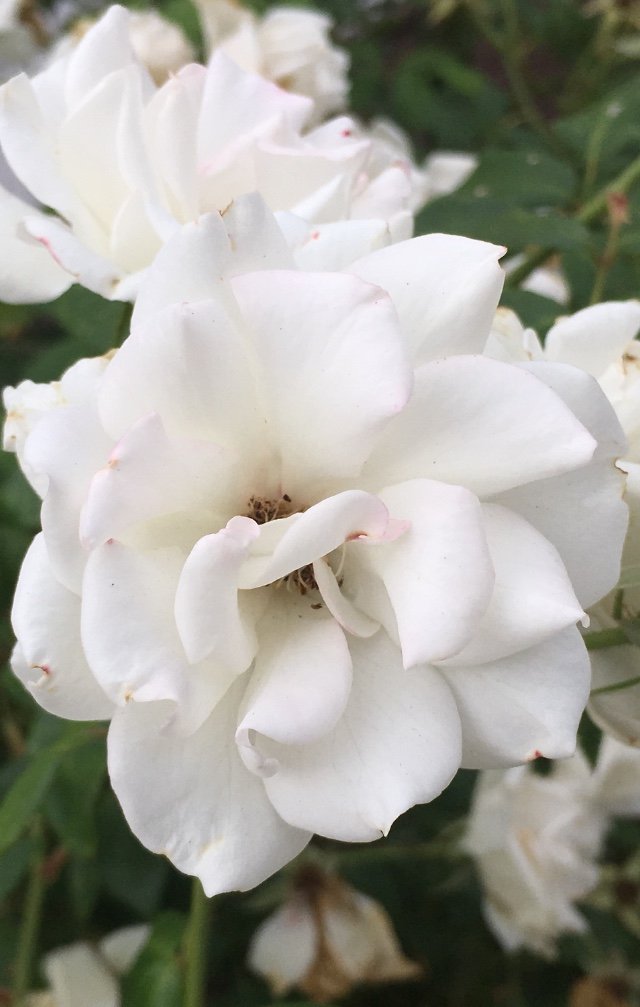Good Morning Steemians
Rose

Share Life.Thanks for Checking out my post. Click the “follow“ on my page to subscribe for more great content. Show love and support with an upvote and/or resteem. & or use the gift link on the homepage. I’ll sincerely appreciate it.
What makes a flower a flower.
Petal
Petals are what give a flower its unique shape, and are often brightly colored to attract insects and critters, which unwittingly aid in the fertilization of ovules through pollination.
Sepal
These are the small, leaf-like parts growing at the base of the petals. They serve to protect the flower before it blossoms.
Peduncle
This refers to the stem or stalk of a flower.
Receptacle
This is the thickened part at the bottom of the flower which holds its major organs.
Pistil
This is the female organ of the flower. It consists of four major parts:
1 Stigma – The head of the pistil. The stigma receives pollen, which will begin the process of fertilization.
2 Style – This is the name for the stalk of the pistil. When pollen reaches the stigma, it begins to grow a tube through the style called a pollen tube, which will eventually reach the ovary. The style therefore acts as a buffer against pollen contamination, since only compatible pollen is able to grow a pollen tube.
3 Ovary – The base of the pistil. This organ holds the ovules awaiting fertilization.
4 Ovules – These are the flower’s eggs, located inside the ovary. Upon fertilization by pollen, they will eventually grow into a seed. In fruit plants, pollen will not only spark the growth of a seed, but a surrounding fruit as well.
Stamen
This is the male organ of the flower, consisting of two major parts:
1 Anther – The head of the stamen. The anther is responsible for the production of pollen, which will hopefully be transported to the pistil by animals or insects, such as bees. This is a crucial part of the reproduction of the plant.
2 Filament – This is the stalk that holds the anther and attaches it to the flower.
https://www.proflowers.com/blog/flower-anatomy